Table of Content
In a significant move aimed at reviving stalled redevelopment projects, the Maharashtra government is planning to extend slum rehab benefits to first-floor chawl residents, a segment previously left out of the Slum Rehabilitation Authority (SRA) schemes. This policy revision could unlock massive redevelopment potential across Mumbai’s ageing chawl clusters and bring relief to thousands of residents living in legal but ineligible structures.
What Is Changing?
Until now, only ground-floor chawl residents or structures up to 14 feet in height were considered legal under existing slum rehabilitation norms. However, the proposed amendment will allow first-floor chawl occupants to be included under the SRA scheme provided these dwellings meet certain legal and historical criteria. Importantly, this new eligibility will apply only to chawls, not informal slum settlements.
According to media sources, the Maharashtra Housing Department is expected to present a formal proposal to the state Cabinet in the coming days. If approved, it would be a major policy shift for the state’s urban housing sector, especially in densely populated suburbs like Kurla, Borivali, Malad, Ghatkopar, and Vikhroli, where chawl communities are still prevalent.
Understanding Chawls vs Slums
To understand the importance of this policy change, it's crucial to differentiate between a chawl and a slum:
- Chawls are typically pre-1976 tenement-style housing structures built on private land, often with property tax records and non-agricultural land use approvals.
- Slums, by contrast, are informal settlements without legal construction approvals or civic infrastructure.
This distinction matters because while chawls often house working-class families in compact living spaces, their structures are still considered formal for redevelopment, unlike slums, which may face legal and planning complications.
Why This Matters for Redevelopment
Experts say that by making first-floor chawl residents eligible, the state could unlock thousands of units for redevelopment that were previously left out due to technical ineligibility.
“Currently, only ground-floor units are counted as legal. As a result, many redevelopment projects are financially unviable,” says Kedar Chapekar, CEO of Aspect Realty, which undertakes SRA projects. “Including first-floor residents will streamline the process and reduce resistance from communities.”
With over 4,500 chawl structures and approximately 4 lakh residents in Mumbai suburbs, the change could accelerate delayed projects, reduce litigation, and boost housing supply.
Legal and Documentation Requirements
Residents seeking inclusion under the new rules must prove:
- Their chawl was constructed before 1976.
- The property has valid property tax records.
- The occupant has proof of residence before January 1, 2000.
These conditions ensure only genuine residents benefit from the Maharashtra government's slum rehab benefits to first-floor chawl residents, protecting the integrity of the scheme.
Potential Impact on Mumbai’s Urban Landscape
The policy revision could have widespread implications for Mumbai’s urban transformation. Many chawls are located in zones where land values are high but construction rights are restricted due to ineligible residents. By extending eligibility, the government may help:
- Make projects financially feasible for developers.
- Improve living standards for residents with safer, legal housing.
- Reduce the legal grey areas that stall development for decades.
This also aligns with Mumbai’s broader goal of slum-free urbanisation, offering a structured, inclusive model for urban redevelopment.
Also Read: Earthquake in Delhi-NCR Sparks Concern: Must-Do Safety Checks for High-Rise Buyers
Final Thoughts
The Maharashtra government's slum rehab benefits to first-floor chawl residents could mark a turning point in Mumbai’s housing policy. While the policy still awaits Cabinet approval, its potential to revive stalled projects, protect legal rights, and accelerate redevelopment is undeniable. For thousands of chawl residents waiting for better homes, this move might finally offer a realistic path toward housing security.
Follow AquireAcers Whatsapp Channel to Stay Updated With The Latest Real Estate News

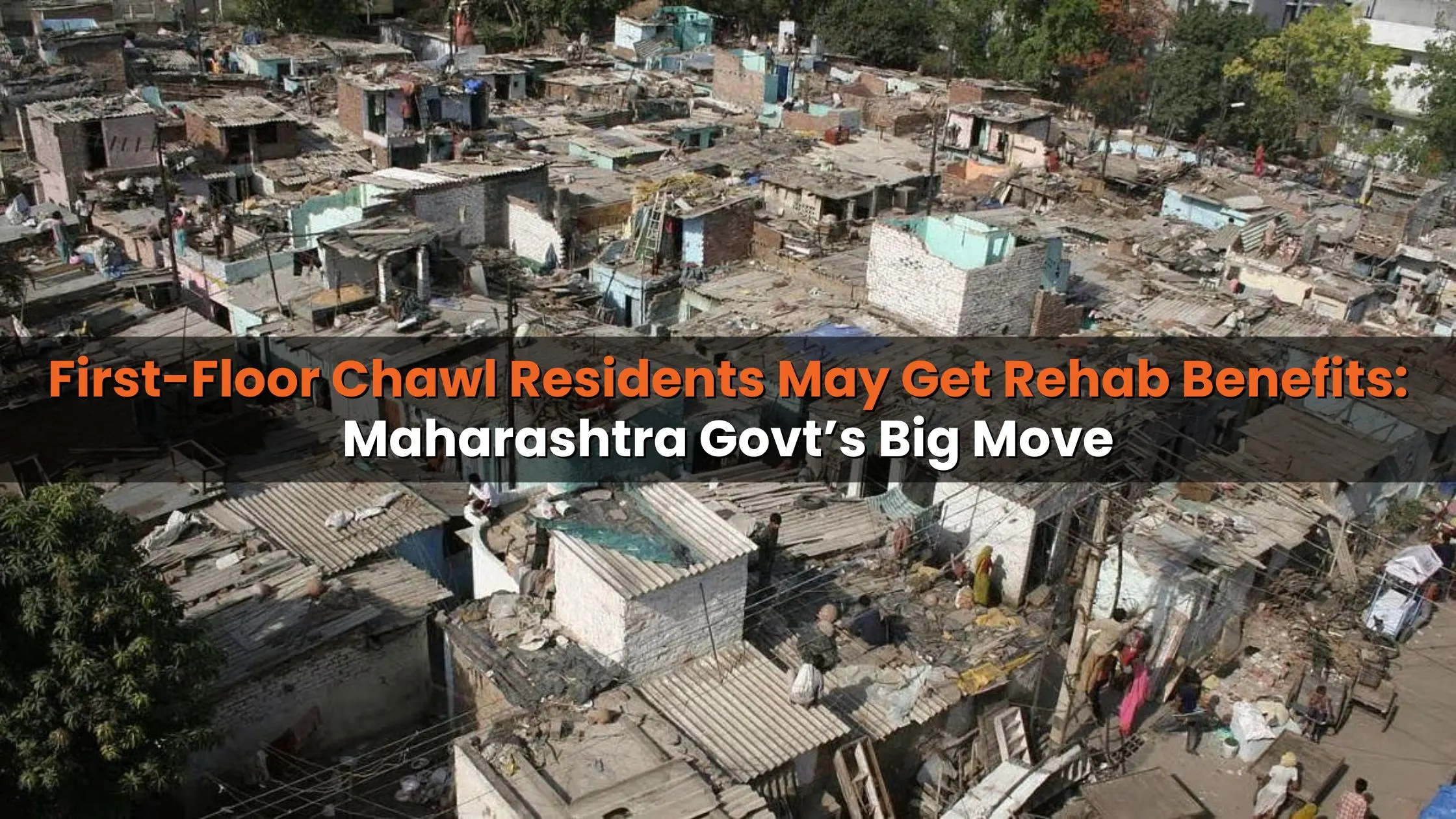
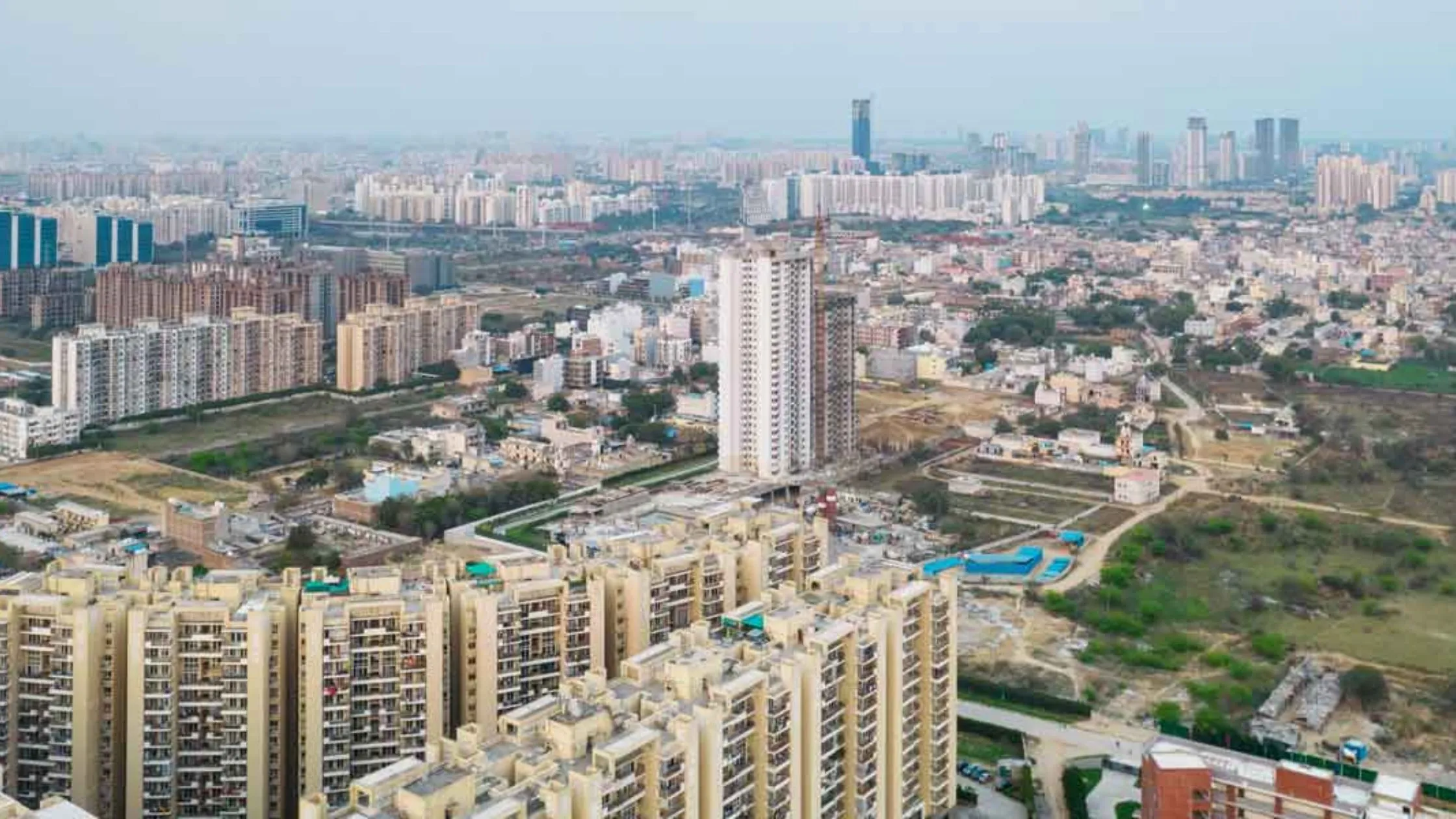
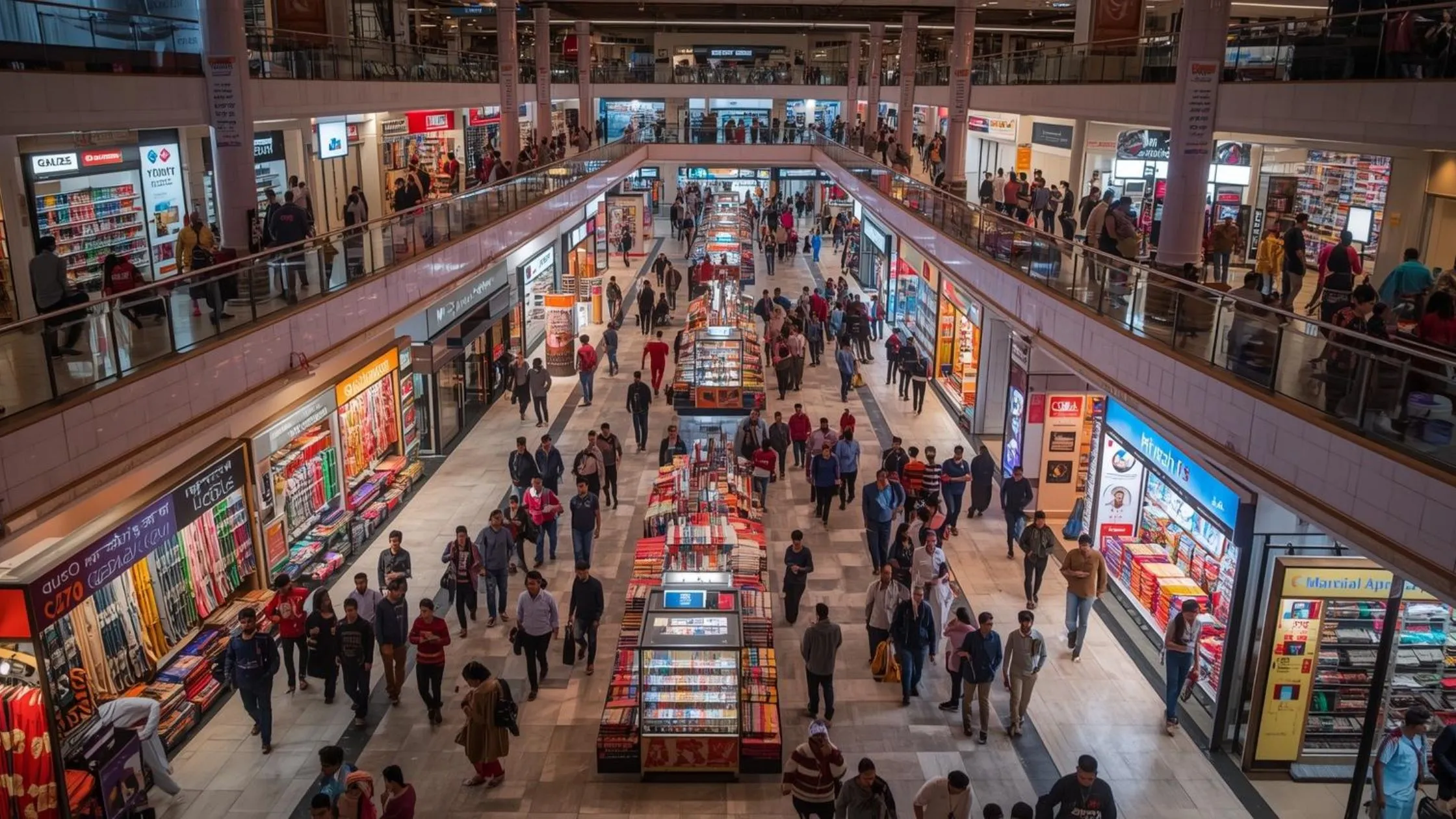
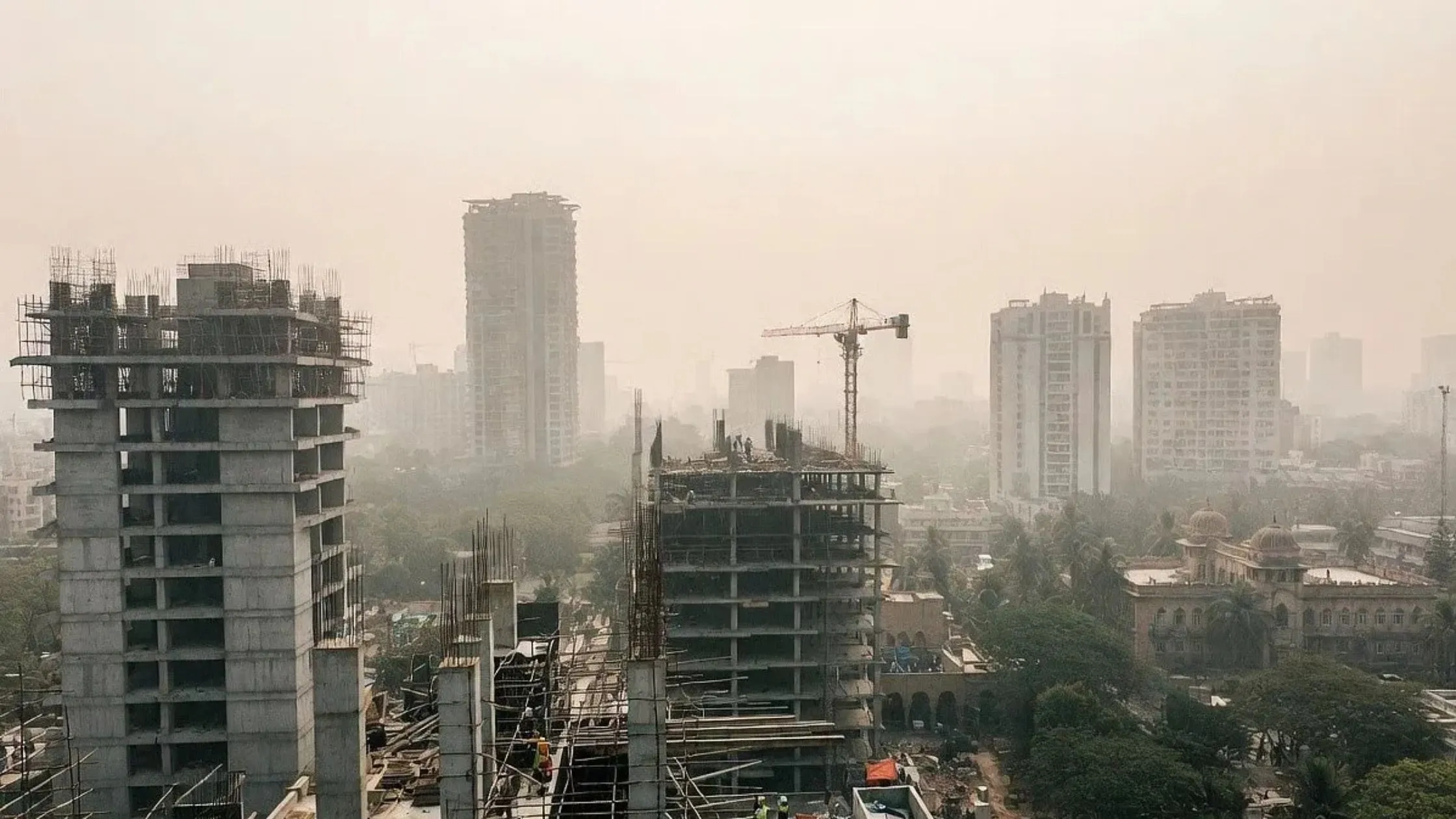
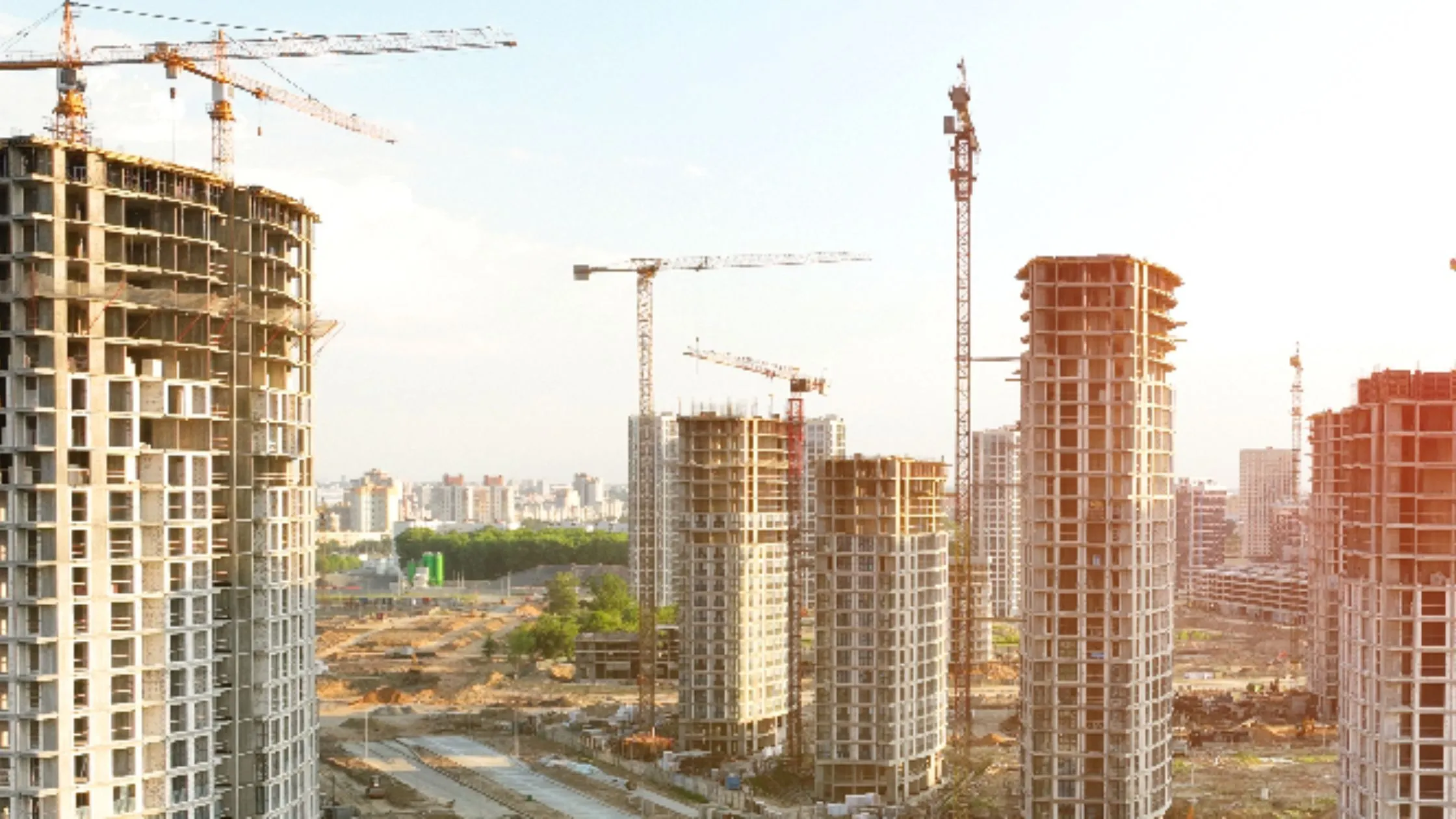


Ans 1. The state plans to extend Slum Rehabilitation Authority (SRA) benefits to first-floor chawl residents a group previously considered ineligible under current rehab rules.
Ans 2. To be eligible, residents must meet the following conditions: The chawl must be constructed before 1976 The structure must have valid property tax records The resident must prove occupancy before January 1, 2000
Ans 3. No. This proposal is only for chawls, not for informal slums or unauthorized settlements.
Ans 4. SRA norms previously recognized only ground-floor units or structures under 14 feet in height as legal, leaving many first-floor residents outside the redevelopment framework.
Ans 5. Including first-floor residents will: Make many stalled projects financially viable Reduce disputes and resistance from excluded residents Increase housing supply by unlocking more eligible units
Ans 6. Densely populated suburbs with high chawl density like Kurla, Malad, Ghatkopar, Vikhroli, Borivali, and parts of South Mumbai are likely to benefit significantly.
Ans 7. Not yet. The Housing Department is expected to present the proposal to the state Cabinet. It must be approved there before implementation.
Ans 8. Chawls: Old tenement-style housing on private land with legal documentation (pre-1976). Slums: Informal, often illegal settlements without land-use approval or civic infrastructure.
Ans 9. This move could: Accelerate long-stalled redevelopment Improve living standards in ageing chawls Reduce unauthorized construction Support Mumbai’s goal of slum-free urban development
Ans 10. Eligible residents should start preparing property tax records and residence proofs (e.g., ration card, electricity bill) to speed up verification if the policy is approved.